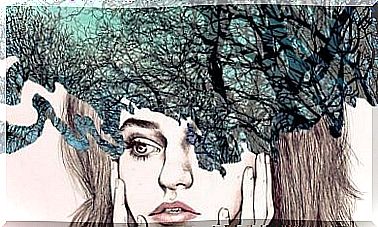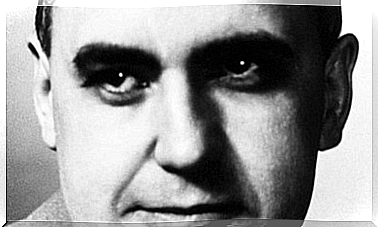Facial Paralysis: When The Face Does Not Respond
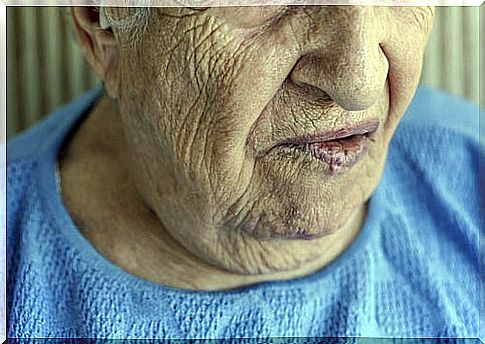
The facial expression of emotions is essential for proper social interaction. In turn, it is very important for the correct interpretation of the facial emotions of others. People with facial paralysis can have problems with both social interaction and emotional recognition.
Facial expressions are innate and universal behavior patterns. This has been demonstrated through studies comparing the facial expressions of blind children and children with normal vision and through cross-cultural studies, among others.
The result of the studies is that, in the different groups, the facial expressions were quite similar. Furthermore, the individuals had no difficulty recognizing the facial expressions of the other groups.
Through facial movements, we are able to express emotions and simulate facial expressions typical of a certain emotion. These facial movements are controlled by two independent circuits; one or the other will be activated depending on whether what we want to express through the face is a genuine or simulated emotion.
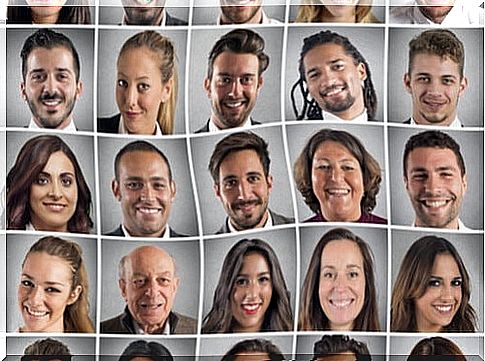
Emotional facial paralysis
This type of paralysis is caused by a lesion in the insula region of the prefrontal lobe, in the white matter of the frontal lobe, or in regions of the thalamus of the left hemisphere of the brain. This system is associated with the physical architecture responsible for the voluntary movements of the facial muscles, connecting with the medulla oblongata or the caudal region of the pons.
Lesions in this system translate into an inability to express genuine emotions on the side of the face contralateral to the injury, that is, on the right side of the face.
However, people with this type of paralysis are perfectly capable of reproducing a facial expression on both sides of the face at will.
Intentional or volitional facial paralysis
Intentional facial paralysis, or volitional facial paralysis, causes the inability to move the facial muscles when simulating an emotion. The side of the face contralateral to the lesion does not respond to the order to simulate a certain facial expression.
However, when the emotion is genuine, the facial muscles on both sides of the face do respond. The face of these people is unable to correctly feign an emotion that it does not really feel.
This paralysis is caused by a lesion in the primary motor cortex of the right hemisphere ; specifically, in the region that corresponds to the face. It can also be due to a lesion of the fibers that connect this frontal region with the motor muscle of the facial nerve, also in the right hemisphere of the brain.
A neuroimaging study showed that the observation and imitation of emotional expressions causes an increase in the activity of the frontal region of mirror neurons, which translates into more empathic behaviors and better relationships with others.
In any case, that the ability to reproduce the facial expression of others facilitates the recognition of their emotions, does not mean that people with volitional facial paralysis are completely incapable of recognizing the emotions in others, but that they may have certain difficulties when doing so. .
Role of facial expression in emotion recognition
As we know, emotional expression allows us to communicate to the world how we are. However, this function only makes sense if others are able to understand that state and respond to it appropriately.
The right hemisphere is more involved in the recognition of emotions than the left hemisphere. Hence, people with injuries to the right hemisphere have difficulties in emotional recognition.
There are several brain regions involved in emotional recognition, such as the amygdala, the prefrontal cortex, mirror neurons … However, we are going to focus on mirror neurons and the role of imitation in the recognition of emotions.
When we see someone’s emotional expression, our brain unconsciously and automatically reproduces that emotion imperceptibly.
Our mirror neurons fire when we observe facial expressions in others, and allow us to imitate them. The feedback from the reproduction of the facial expression that we make is what allows us to understand how others feel and to empathize with them.
In addition to volitional facial paralysis, there is another type of facial paralysis that demonstrates the relationship between expression and emotional recognition. This is Moebius syndrome. This paralysis also affects the facial expression of emotions and, consequently, their recognition.
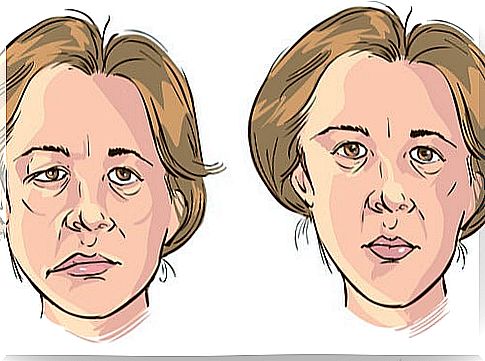
Implications of facial paralysis
Facial expression allows us to communicate beyond words, enriching and accompanying what we say with them on many occasions.
In addition, interpreting the facial expressions of others allows us to infer their wants or needs even before we can intuit them through other channels. In short, facial expressions make us more intelligent beings on a social level.
Living without being able to recognize the expressions of those around us can make our social relationships very difficult. In addition, the inability or difficulty to express what we feel correctly is a challenge for those around us.
Fortunately, we can use verbal language and other non-verbal language, such as mimicry or prosody, to express ourselves and compensate for facial expression problems.
